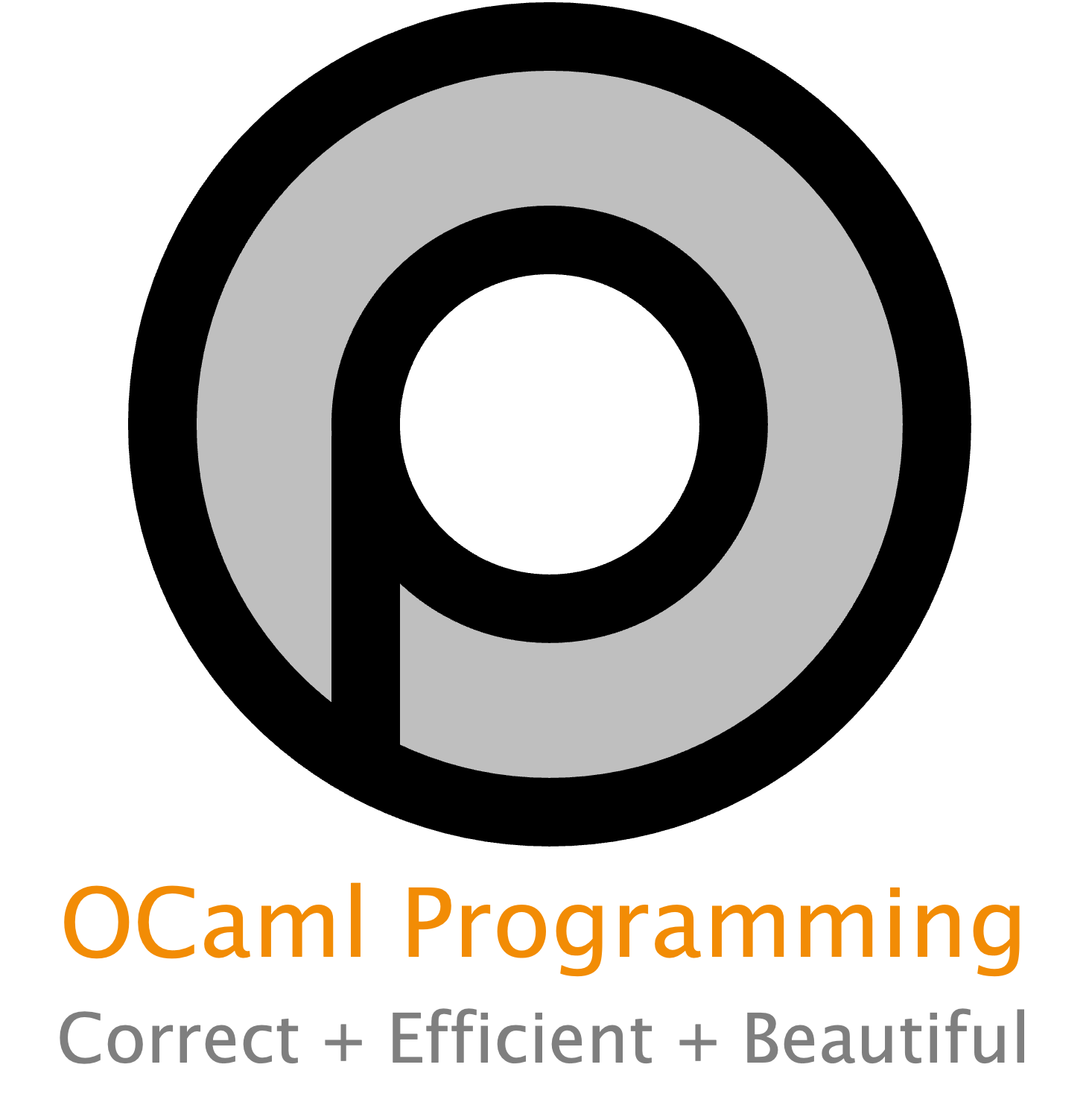8.10. Summary#
Documentation and testing are crucial to establishing the truth of what a correct program does. Documentation communicates to other humans the intent of the programmer. Testing communicates evidence about the success of the programmer.
Good documentation provides several pieces: a summary, preconditions, postconditions (including errors), and examples. Documentation is written for two different audiences, clients and maintainers. The latter needs to know about abstraction functions and representation invariants.
Testing methodologies include black-box, glass-box, and randomized tests. These are complementary, not orthogonal, approaches to developing correct code.
Formal methods is an important link between mathematics and computer science. We can use techniques from discrete math, such as induction, to prove the correctness of functional programs. Equational reasoning makes the proofs relatively pleasant.
Proving the correctness of imperative programs can be more challenging, because of the need to reason about mutable state. That can break equational reasoning. Instead, Hoare logic, named for Tony Hoare, is a common formal method for imperative programs. Dijkstra’s weakest precondition calculus is another.
8.10.1. Terms and Concepts#
abstract value
abstraction by specification
abstraction function
algebraic specification
asserting
associative
base case
black box
boundary case
bug
canonical form
client
code inspection
code review
code walkthrough
comments
commutative
commutative diagram
concrete value
conditional compilation
consumer
correctness
data abstraction
debugging by scientific method
defensive programming
equation
equational reasoning
example clause
extensionality
failure
fault
formal methods
generator
glass box
identity
implementer
induction
induction hypothesis
induction principle
inductive case
inputs for classes of output
inputs that satisfy precondition
inputs that trigger exceptions
iterative
locality
manipulator
many to one
minimal test case
modifiability
natural numbers
pair programming
partial
partial correctness
partial function
path coverage
paths through implementation
paths through specification
postcondition
precondition
producer
query
raises clause
randomized testing
regression testing
rely
rep ok
representation invariant
representation type
representative inputs
requires clause
returns clause
satisfaction
social methods
specification
testing
total correctness
total function
typical input
validation
verification
well-founded
8.10.2. Further Reading#
Program Development in Java: Abstraction, Specification, and Object-Oriented Design, chapters 3, 5, and 9, by Barbara Liskov with John Guttag.
The Functional Approach to Programming, section 3.4. Guy Cousineau and Michel Mauny. Cambridge, 1998.
ML for the Working Programmer, second edition, chapter 6. L.C. Paulson. Cambridge, 1996.
Thinking Functionally with Haskell, chapter 6. Richard Bird. Cambridge, 2015.
Software Foundations, volume 1, chapters Basic, Induction, Lists, Poly. Benjamin Pierce et al. https://softwarefoundations.cis.upenn.edu/
“Algebraic Specifications”, Robert McCloskey, https://www.cs.scranton.edu/~mccloske/courses/se507/alg_specs_lec.html.
Software Engineering: Theory and Practice, third edition, section 4.5. Shari Lawrence Pfleeger and Joanne M. Atlee. Prentice Hall, 2006.
“Algebraic Semantics”, chapter 12 of Formal Syntax and Semantics of Programming Languages, Kenneth Slonneger and Barry L. Kurtz, Addison-Wesley, 1995.
“Algebraic Semantics”, Muffy Thomas. Chapter 6 in Programming Language Syntax and Semantics, David Watt, Prentice Hall, 1991.
Fundamentals of Algebraic Specification 1: Equations and Initial Semantics. H. Ehrig and B. Mahr. Springer-Verlag, 1985.
8.10.3. Acknowledgments#
Our treatment of formal methods is inspired by and indebted to course materials for Princeton COS 326 by David Walker et al.
Our example algebraic specifications are based on McCloskey’s. The terminology of “generator”, “manipulator”, and “query” is based on Pfleeger and Atlee.
Many of our exercises on formal methods are inspired by Software Foundations, volume 1.
